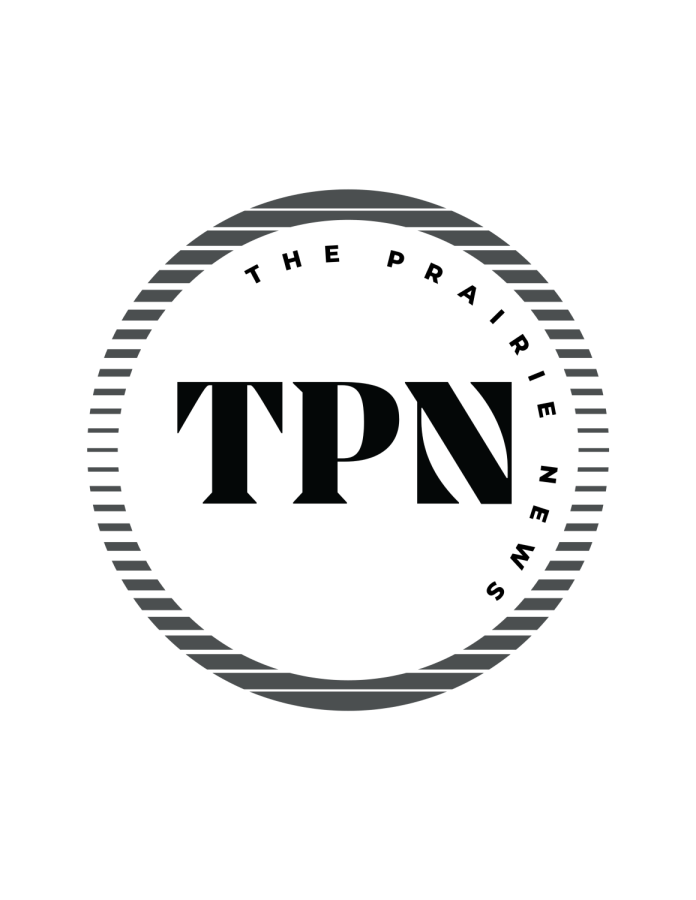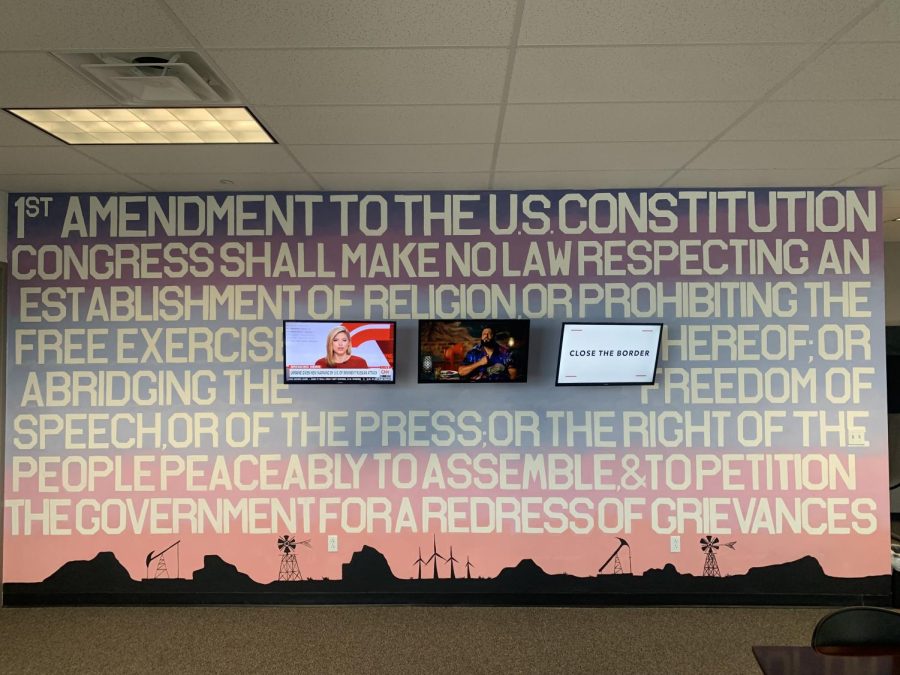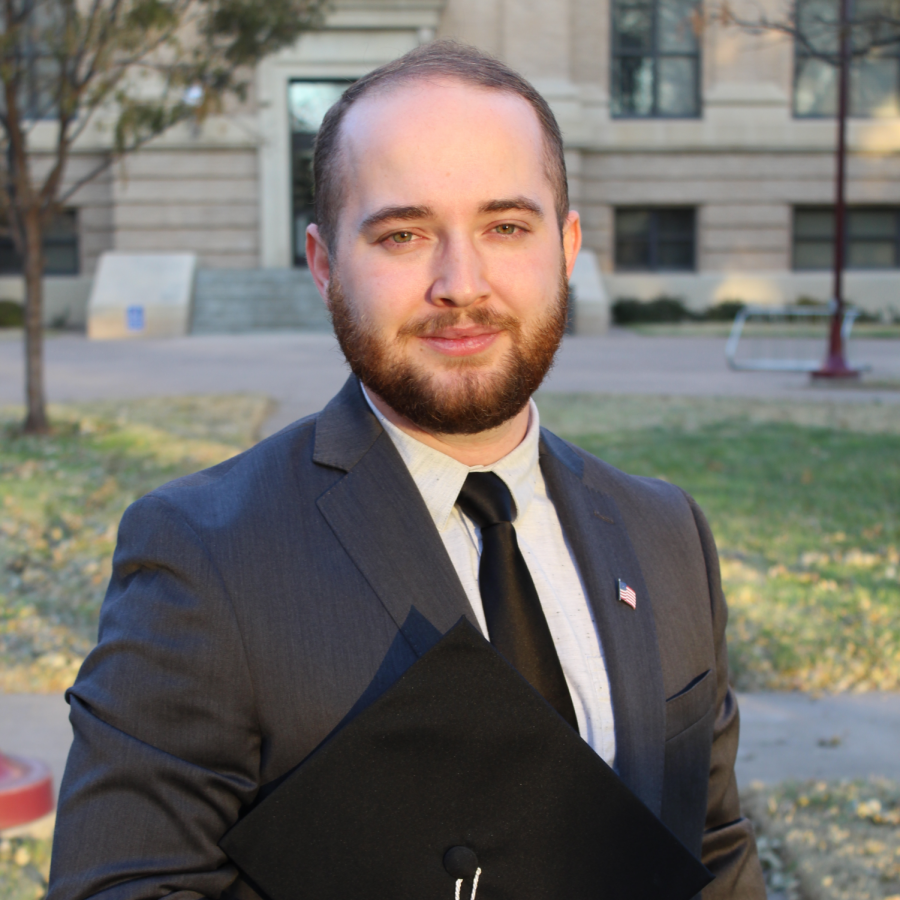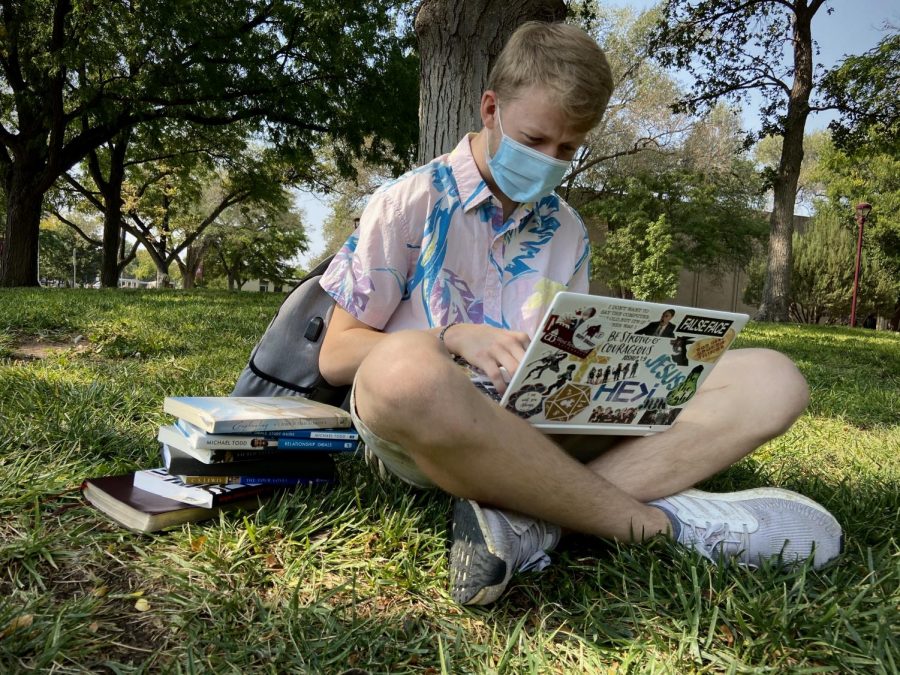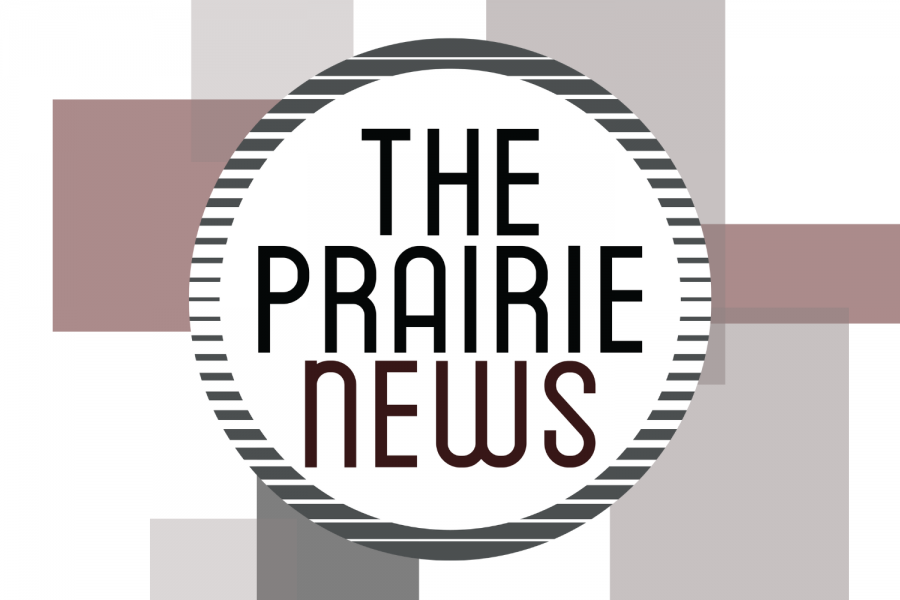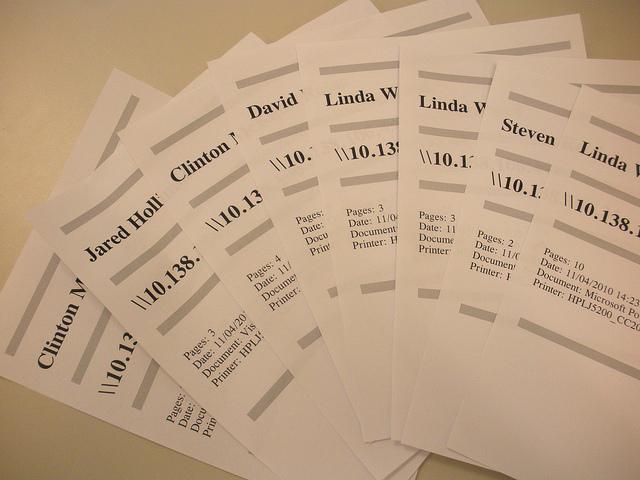
The new recycling program to make WTAMU a greener campus is a valuable initiative that, nevertheless, is little compared to what we all can do to catch up with the demands of our current times.
There are several approaches to a more sustainable way of life. The European Waste Hierarchy, for example, comprises five steps: prevention, reuse, recycle, recovery and disposal, and is included in the legislation of several countries.
However, a simpler way to start doing something to assure a better future is to remember a simple term: the 3Rs.
The 3Rs refers to Reduce, Reuse and Recycle.
Reduce means to consume less. It can be applied by buying only what we know we are going to use or by buying bigger amounts of something in a single package instead of few amounts using several of them. For example, we can buy a big bottle of yogurt instead of the six-pack. Even if the amount of liquid of the six cups equals that of the bottle, the material used for the containers are much more for the six cups together. To walk instead of driving, carpooling or to shut the tap while soaping the dishes are also practical ways to use less.
Reusing refers to the possibility of finding another use for something that, theoretically, fulfilled its purpose. Bottles and plastic packages are good examples of this. But second hand clothes and furniture are also common ways to implement it. What must be taken into account is that almost anything we are throwing away could be useful for somebody else. So, we better think twice before taking it to the trash can.
Recycling is a misunderstood concept. Actually, the name of the program at WTAMU makes us think that we are recycling. But we are only separating. Recycling consists of more processes like classification and reprocessing, which is different according to each type of material. The first separation is between organics and inorganics. The organics can be used to produce compost and energy. The inorganics are separated again in papers, metals, plastics and glass. Some other materials should be especially treated because they are dangerous, toxic or poisonous, as those from hospitals or tanneries. Later on, there must be a thorough classification, compaction, transportation, and finally, the reprocessing to change the material’s physical properties and make new products. WT separates materials to be recycled, but the actual recycling is done by KB Recycling.
According to Bryan Glenn, director of Purchasing and Inventory Services of WT, the recycling program marks “a new era of recycling at WT”. Central supply provides boxes to offices for them to deposit recyclable paper that will be picked up every Monday morning by the company K&B recycling with which WT has partnered for this program. In a Sep. 28, 2010 communication, Gary Barnes, vice president for Business and Finance, informs that with the program WT have saved 16.281 trees as well as 361.8 galloons of oil, 5969.7 galloons of water, and 3618 kw of energy. But, in another communication of Oct. 25, 2010, we understand that figures are not carefully measured. In spite of having collected only 43% more paper, the trees saved jumped to 629% more, while, ironically, saving 37% less oil.
Regardless of the real data, the truth is that there is little being done in WT. Despite the opportunities to reduce waste that digital technologies offer, the consumption of paper at WT has not suffered significant reduction in the last years. (See graphic).
21,482,116 pages have been printed from 2004 to 2009 at WT only in printers reporting to the IT department at the HELC. It seems like this year the amount will be superior to the 3.8 million of 2009. By the way, 205,588 jobs were printed from Aug. 25 to Nov. 4. As we all know each one of them, prints an additional page to identify the user. Is it possible that an educational community of more than 7,000 people figure out a solution to save the trees that those pages sacrifice?
It would be more efficient if every student put their name on the items they are planning on printing, so that the HELC does not have to print off an extra page identifying who the print job belongs to.
Moreover, professors can encourage students to send digital papers or to print on the reverse of used ones. We can carpool more often and be more disciplined in separating trash. Wasting resources means fewer trees, less water and uglier landscapes, but also higher living costs. WT as a source of knowledge and research, and Canyon with its strategic location are called to take a lead in the green industry of the future. A common strategic plan can make it work. It is time to start taking serious measures to improve our behaviors. It is in our hands to turn this issue into a great opportunity.



